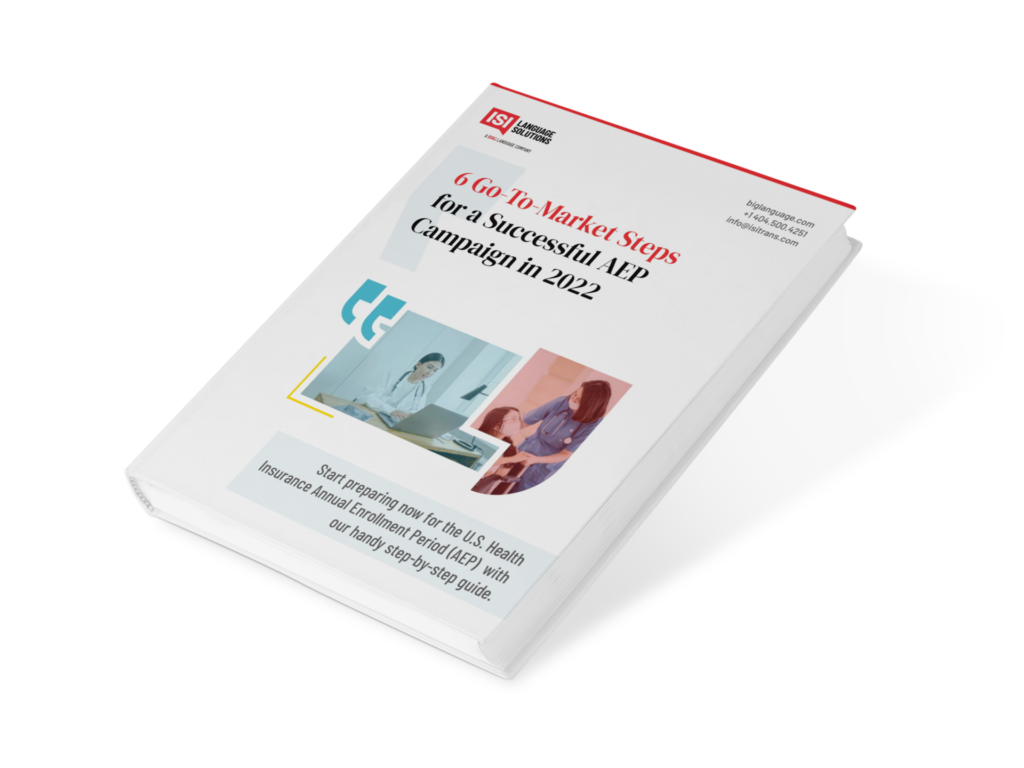ISI recently visited the pharmacy department of one of their main clients. One of this client’s principle responsibilities is to deliver Comprehensive Medication Review (CMR) letters to its members.
What Is a CMR Letter?
A CMR letter is delivered after a member has had either a face-to-face or telehealth consultation and review with their caregiver and are prescribed medications and/or therapies.
These letters identify in detail which medications and therapies a member should be using. They also outline the frequency that different medications should be taken. The processes outlined in the letters are part of Medication Therapy Management (MTM), which is a key function of pharmacy administration.
The original CMR letters are in English and can be quite lengthy and detailed. It is essential that they are translated meticulously into a wide variety of languages for members who are non-English speakers. This client entrusts ISI to translate all their CMR letters for members all over the U.S. into a wide spectrum of languages including Spanish, Chinese, Tagalog, Vietnamese, Pashto, Farsi, Armenian, Khmer and Arabic.
How Was The Visit?
The visit was extremely informative for both ISI and the client. ISI was particularly interested why there had been certain spikes in volume in the number of CMR letters for translation in certain months of the year. The client informed ISI that the beginning of the year is typically quiet as this is the time when a large number of letters are being prepared. Also, particularly interesting was the fact there were often more letters produced in the spring and winter months due to allergy and flu seasons, respectively.
The client was interested in improving the experience for their non-English speaking members and asked about the contrasting varieties of Spanish spoken in different parts of the U.S. ISI was able to offer its experience and expertise as to which variety would be best to use for translation. For example, Mexican Spanish for members living in the Western U.S. and Texas and Cuban or Puerto Rican Spanish for members in Florida.
After the visit the client also contacted ISI about Chinese. ISI provided information about the different Chinese dialects and the two distinct forms of writing.







